Fukushima was a blip; uranium fundamentals stronger than ever
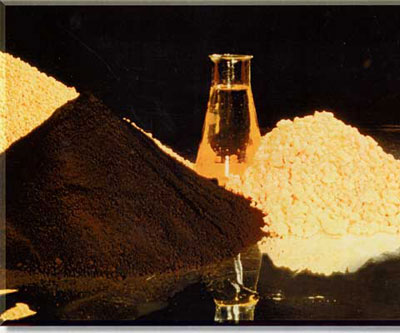
The meltdown at the Fukushima Daiichi nuclear plant last March had uranium investors fleeing for the exits. While the nuclear fuel used to make yellowcake had enjoyed something of a renaissance (after tanking in 2008-09 due to the financial crisis) in the runup to the earthquake and tsunami that rocked Japan, all that changed in the aftermath of the quake.
Uranium stocks and the uranium price plunged after the seriousness of the accident at Fukushima became apparent, although the price remained above lows reached in early 2010. The misery for uranium investors continued when Germany, Belgium and Switzerland announced they would phase out nuclear reactors.
While uranium stocks have moved up in recent weeks, with market leader Cameco for example climbing from $18 to near $24, uncertainty in the sector remains.
Addressing that uncertainty, Uranium Energy Corp. CEO Amir Adnani presented a picture of uranium and nuclear energy missing from last year’s headlines.
Speaking at last week’s Roundup event in Vancouver, Adnani’s primary message is that despite Fukushima, the fundamentals for uranium haven’t changed, and the outlook is bullish.
Adnani is an informed and passionate speaker. What follows is a summary of his key points and slides. Thanks to Uranium Energy Corp. for sending us the presentation.
1. On the outlook for nuclear energy: People in the West take the availability of electricity for granted, but 1.5 billion, or 20% of the world’s population, are without it. There is no credible alternative to nuclear power, therefore nuclear energy is still in the energy mix.
2. On the shelving of Germany’s nuclear program: Germany had planned even before Fukushima to phase out nuclear reactors. Germany represents just 3% of global nuclear capacity.
3. Most of the demand for nuclear power comes from the developing world: Of the 62 nuclear reactors under construction, nearly half – 27 – are in China. New reactors are being built in India (19), the US (8), the UK (8), and even Saudi Arabia, the world’s richest oil-producing nation (16).
4. China is planning a lot of nuclear reactors: China is proposing 100 reactors by 2030 and 197 by 2050. Unlike the development of the nuclear industry in Canada, the US and France, in China the industry is being spearheaded by government, allowing a much more ambitious program.
5. The demand for uranium will double: Last year the world consumed 178 million pounds of uranium. In the next 20 years demand will rise to just under 300 million pounds.
6. We consume more uranium that we mine: Last year uranium mines produced 138 million pounds of uranium. The shortfall (recall demand is 178m pounds) is filled by secondary sources, notably the “Megatons to Megawatts Program” that converts uranium from nuclear warheads into fuel for nuclear power plants. But this program is slated to end in 2013. Therefore, the shortfall must be filled by mining.
7. Conventional uranium mines are expensive: A JP Morgan study looked at the 20 largest uranium projects in development, and found that the uranium industry needs $80/lb uranium as an incentive price. The spot uranium price is currently $50-55/lb and the longterm contract price is currently $63/lb.
8 Most new projects are insitu: Until we see the uranium price move up, most new uranium projects will use the lower-cost insitu method. With insitu, water and oxygen is pumped into the deposit and the “pregnant solution” pumped back to surface where the uranium is recovered. Most new insitu mining projects are in Kazakhstan.
More News
China’s copper smelters rue Beijing’s curbs on US raw materials
China’s swift retaliation in matching Washington’s blanket 34% levies is likely to bring US shipments of copper scrap to a halt from next month.
April 09, 2025 | 09:35 am
Alphamin to resume Congo tin mine, shares rally
Alphamin said the insurgents have now withdrawn eastward, and the company will initiate a phased resumption of operations.
April 09, 2025 | 09:18 am
Mali state gold mining revenue jumps 52.5% in 2024
The rise in state revenue comes despite a 23% plunge in industrial gold production.
April 09, 2025 | 08:11 am
{{ commodity.name }}
{{ post.title }}
{{ post.excerpt }}
{{ post.date }}

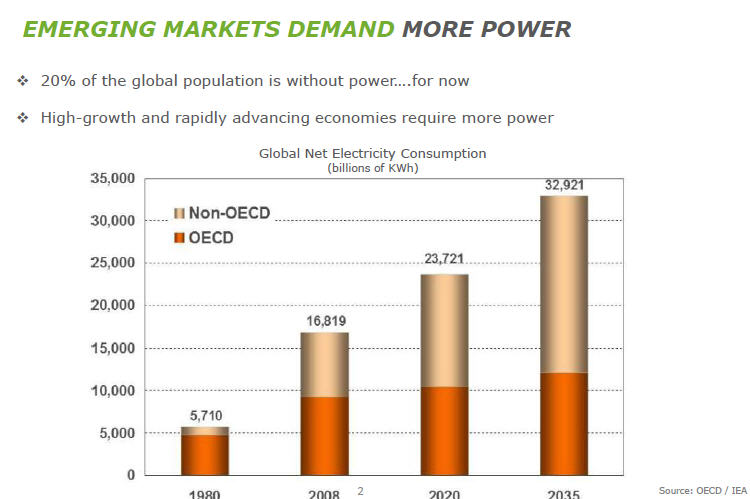


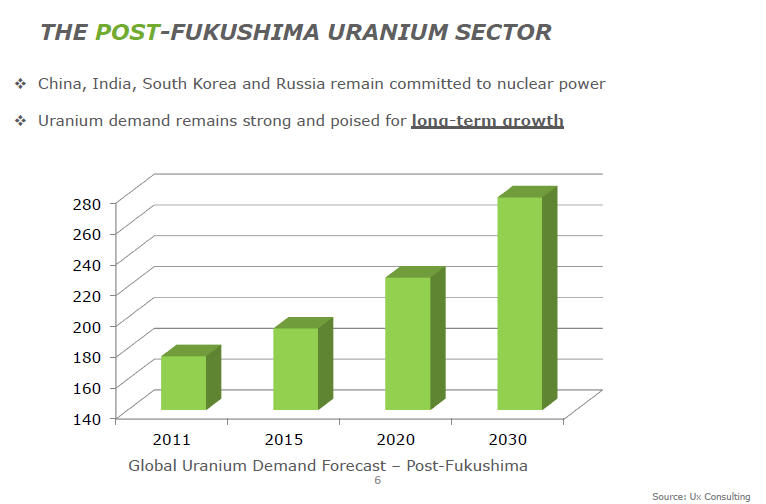

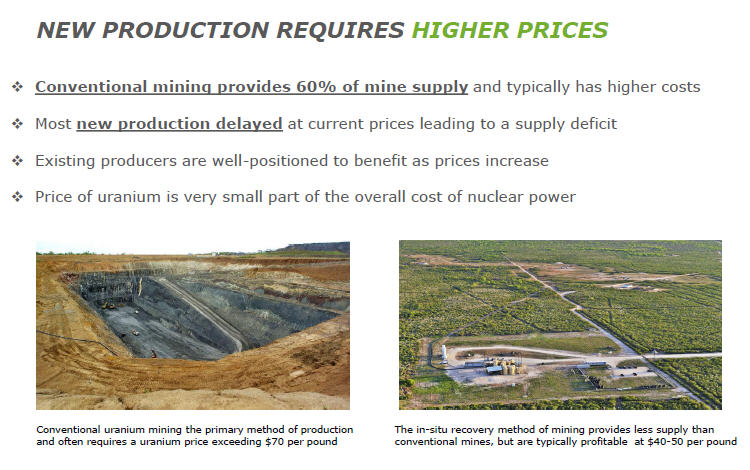
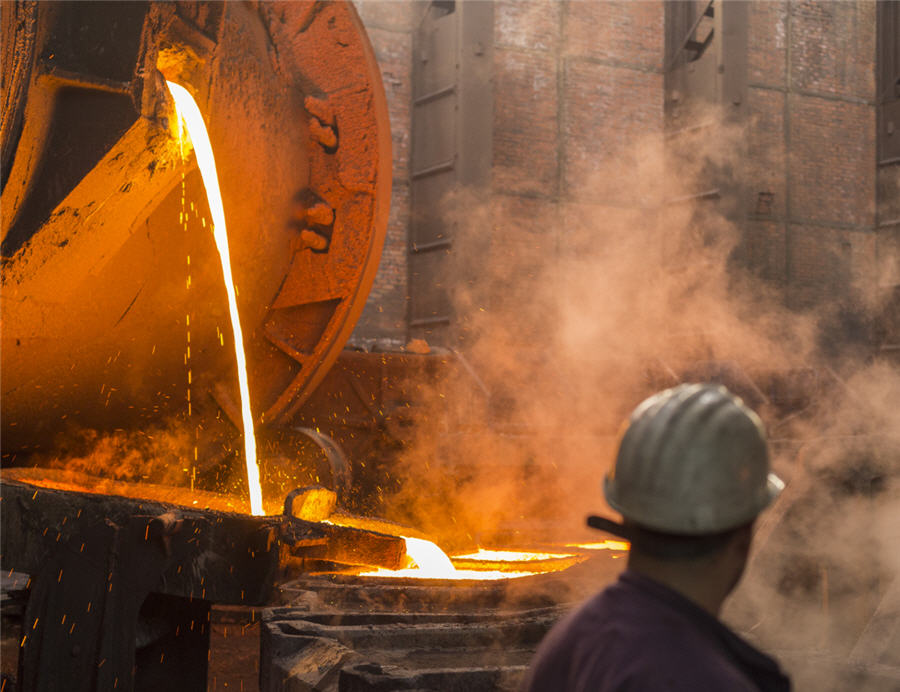

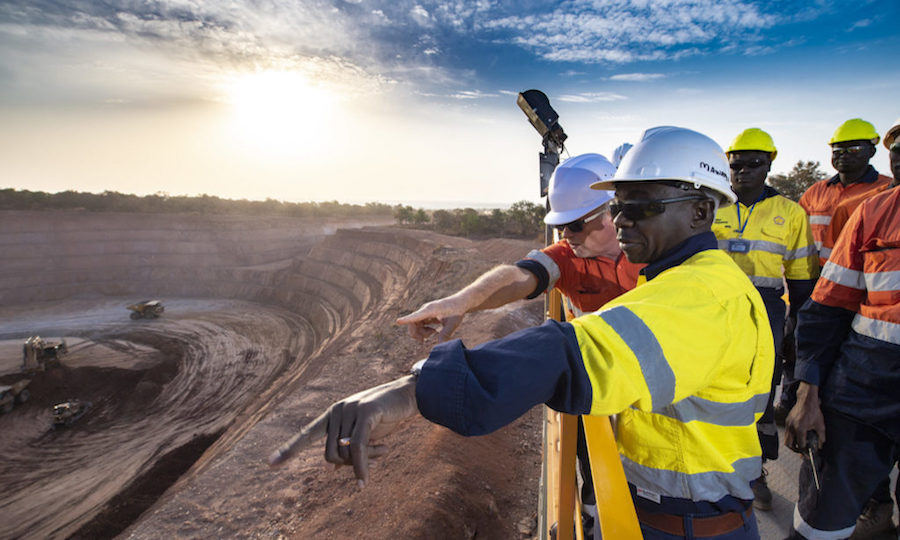
6 Comments
Ray
A1/3ofjapan is uninhabitable for 1000 hrs scientist say evacuate now .
The fall out has reached USA and the radiation rain fall is 1000 % above the allowed amount that is deemed safe?
soon millions will be sick , dye and have birth defects, The cloud stetches east to west of USA ? Do research get facts,evidence , from reliable sources not the government as the government has many under ground city’s , for elite only it has detention centers to hold 40 million USA citizens when it sees what’s happening , hilery Clinton went to china and as they are the money source to prop up USA as it is officially bankrupted the USA it has signed stating if USA can not pay dept it has sovereign rites to USA as owner?,the banking system has failed world wide as you say energy needed is more than we have , coal is not enough, oil and fuel is not enough , ,bush and Obama want war to kill. Off 80% of population as planned ,? The vatican bank owns England ,USA, Australia, europe, aust sold off Australia to ?the Chinese as with USA?
I just got info from USA embassy and Chinese embassy of deals ?done ?Australia is secretly building detention centers in aust ,norther territory blocked by court identifying and revealing locations, in the desert? look on net for info wiki report, tsanarmy in Japan caused by under ground explosions by USA to cause tsanarmy on Japan , http://www.Morning liberty.com. Is one site but there’s hundreds of sites , it has been blocked out by media general ..
Ray
http://www.Morningliberty.com is a source of info .
As I said 1/3 rd of Japan is uninhabitable top scientist saying evacuate immediately ,radiation poisoning and site contaminated
Lasts 1000 years?
The USA is bankrupted as the treasury gold originally came from Asia .the USA kept it after the 2 nd world war , ,china has sovereign rites to ownership to USA .
The world wide banking system has collapsed ,the fall out over the USA via rain has reached levels of 1000 per cent above safe levels , many will die, sick , search wiki leaks etc
kimchistar
To comment below. Have you actually ever been to Japan? They are recovering at a remarkable pace; and let me assure you, more than 2/3 of Japan is fit for habitation. Do your homework, before you post.
Nickgorshenin
You need help Ray
Wildmlm
Ray: If the detention camps are secret, how do you know about them…? Please re-adjust the tin-foil hat for better reception. God bless.
Dave
Ray, you have read way too much Dan Brown!